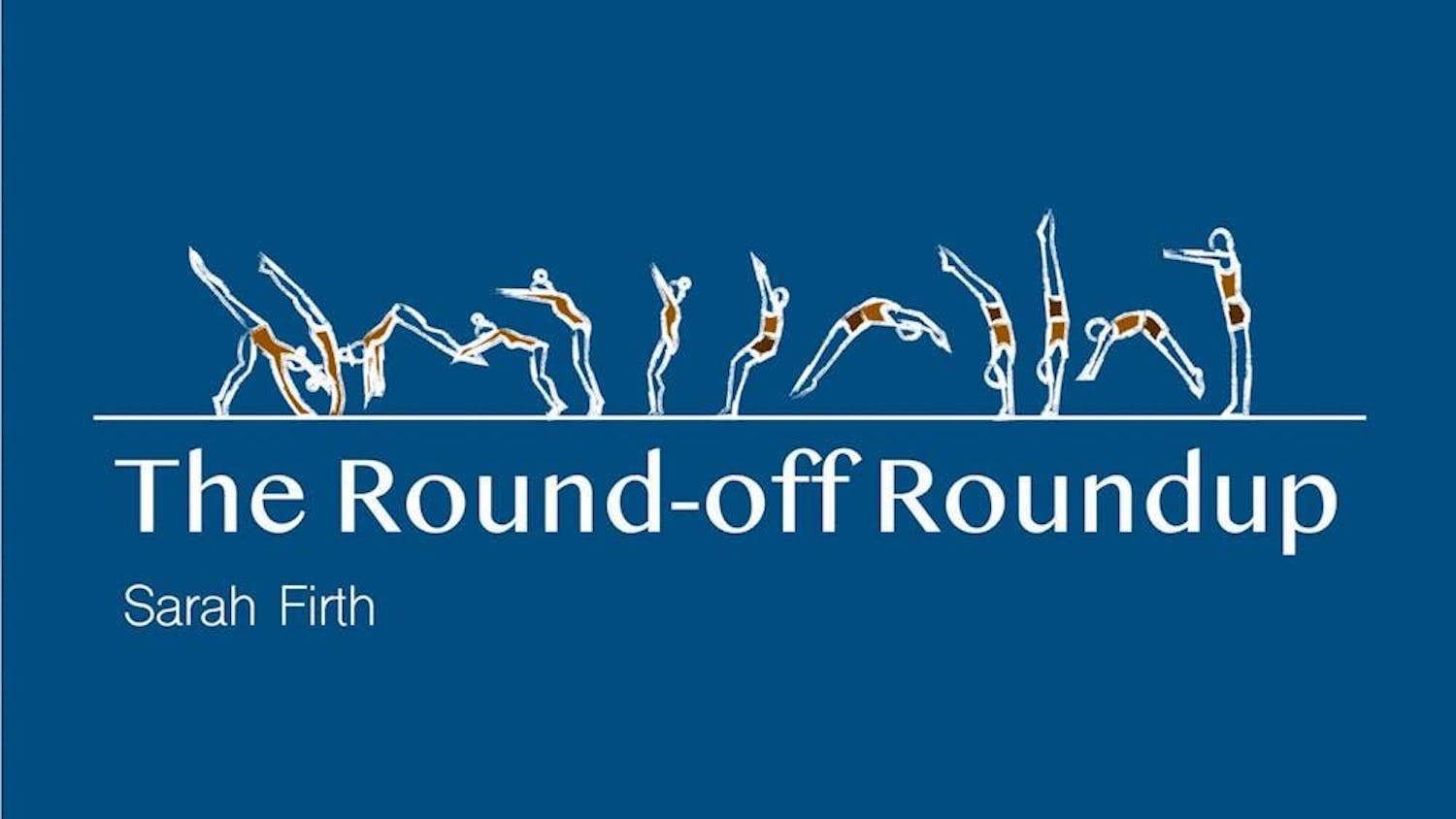Twentieth-century technological advances led to the modernization of Pan-Arabic music. Musicians utilized improved microphones to cultivate the sensation of “atifiyaa,” an artist-centric feeling of sentimentality and sensuality characteristic of modernist Egyptian music. Further technological changes led to the popularity of the cassette tape, which helped deviant underground music reach millions of Pan-Arabic listeners. Underground cassette tape recordings were utilized by Dana International, a transgender Mizrahi Jewish pop singer whose music generated controversy because of her sexual lyrics and provocative dancing. Modernist changes in musical style allow artists to push traditionally rigid boundaries of gender in Middle Eastern culture.
The music video for Dana International’s hit “My Name is Not Sa’ida” (“Sa’ida Sultana” in Arabic) (1993) embodied her music’s underground nature and sensual themes. The music video has a low-quality, homemade ambiance, reminiscent of contemporary MTV music videos. The video features Dana belly-dancing in a crop top, a combination considered taboo by contemporary traditionalists. Dana evokes a sense of “atifiyaa”by addressing the viewer directly, most notably pointing at the camera and proclaiming, “I fell for you.”
The initial shot of the video succinctly captures the feeling of “atifiyaa” that Dana embodies. The video opens with a close-up shot of Dana wearing a blond wig and glasses, recalling the image of a prototypical contemporary American actress. Dana seductively croons in the opening stanza, exclaiming “uh le le” (reminiscent of “ooh la la”) as she sets a sensual tone to the song, an approach that is typically associated with Western music. Dana’s music incorporates English and Arabic phrases, which often convey different meanings to speakers of each respective language.
In a subsequent stanza, Dana utters the phrase “bussu bussi,” which translates to “kiss, kiss” in Arabic but sounds far more sexual to an English speaker. Dana’s lyrics were playful and open to multiple interpretations, which contributed to her sexual appeal. Despite its English lyrics and erotic themes, Dana’s musical style was akin to contemporary Egyptian Pop music and her unique combination of foreignness and indigeneity made her especially appealing to young Arabic speakers.
Middle Eastern artists continued to embrace alternative gender roles in their music, as exemplified by Mashrou’ Leila’s song “Fasateen” (Dresses) (2010), which focuses on the theme of rejecting traditional marriage norms. The music video begins with a man in a tuxedo, driving a car, which the viewer eventually realizes is attached to a tow truck. Eventually, the man’s presumed wife enters the car, followed later in the song by a man in a wedding dress and finally a same-sex couple. Every person enters the car after having destroyed a common symbol of marriage — flowers, a cake and a bed — implying that they each have rejected marriage.
The car serves as a metaphorical symbol of mobility and modernity, implying that people nowadays have increased autonomy regarding their identities. The three people who enter the car at subsequent points in the song are all people who would be marginalized by the traditional system of heterosexual and arranged marriages.The car, however, is towed, implying that none of its occupants are fully in control of their own path. Nevertheless, they all choose to enter the car, as they have faith that the powers of modernity will lead to a more tolerant future.






